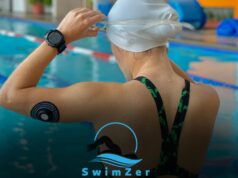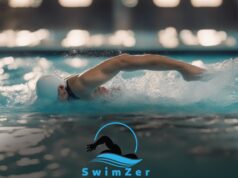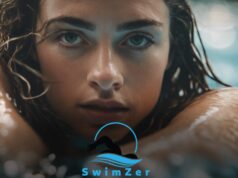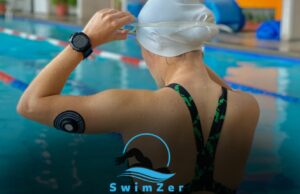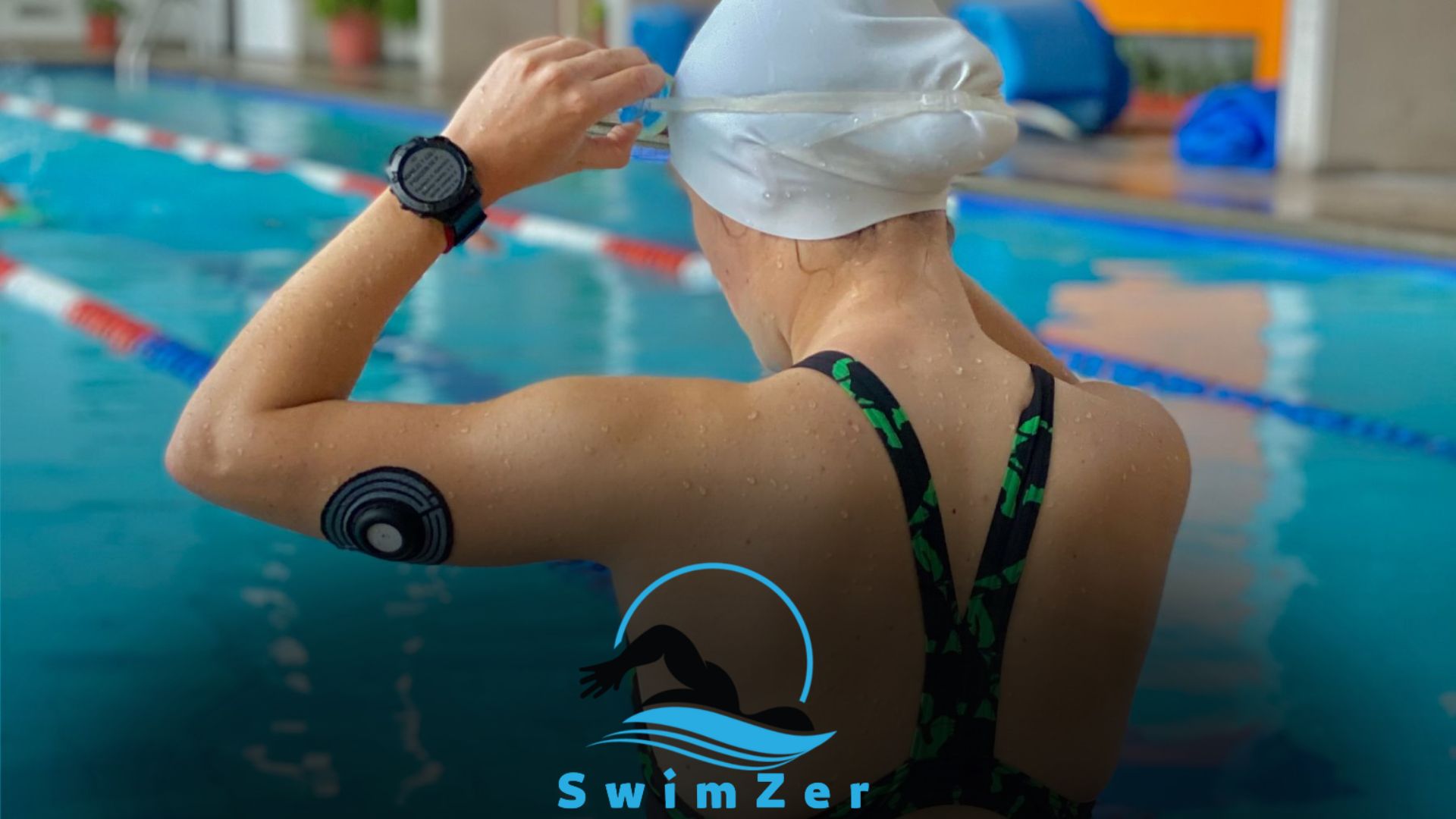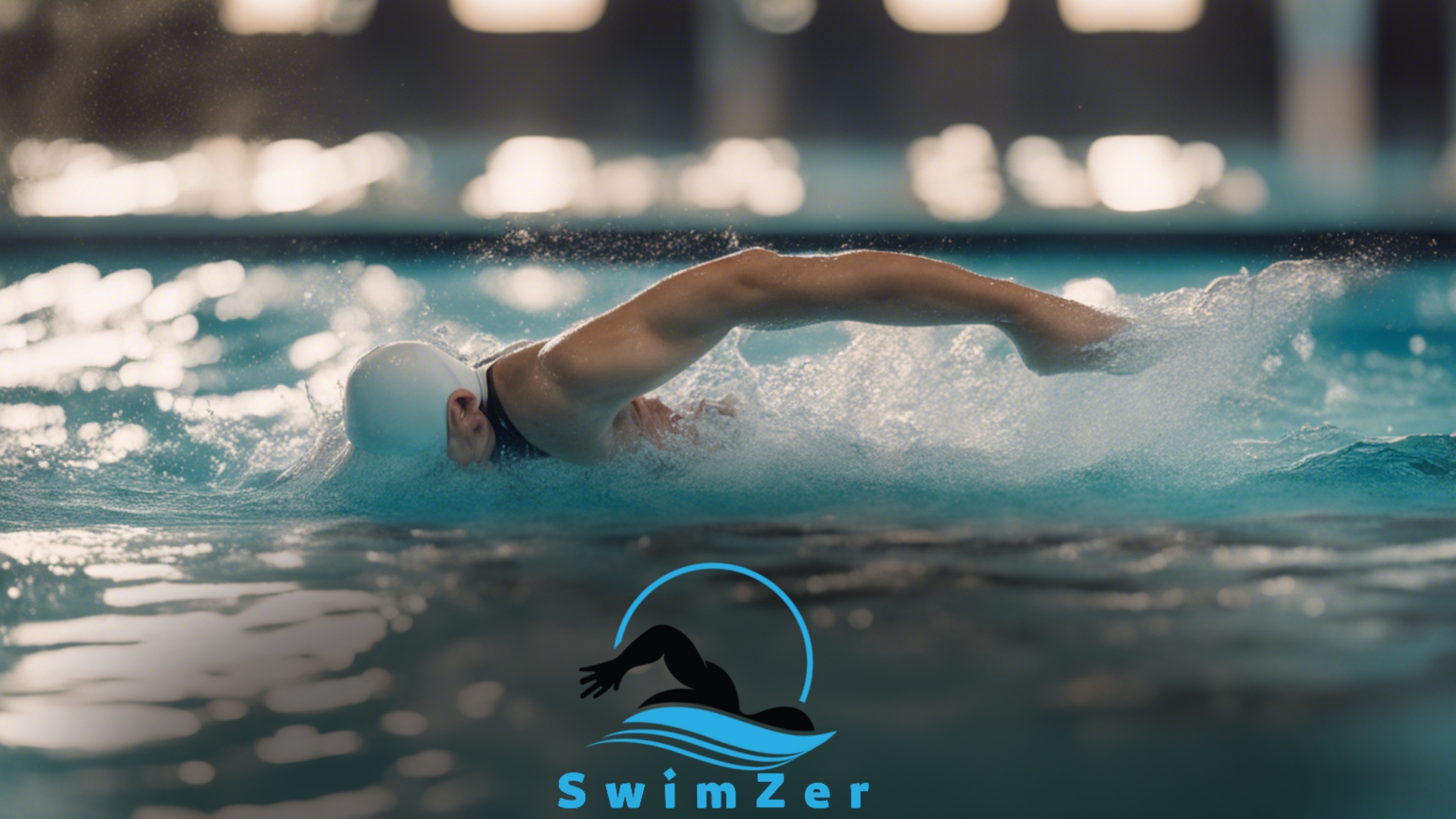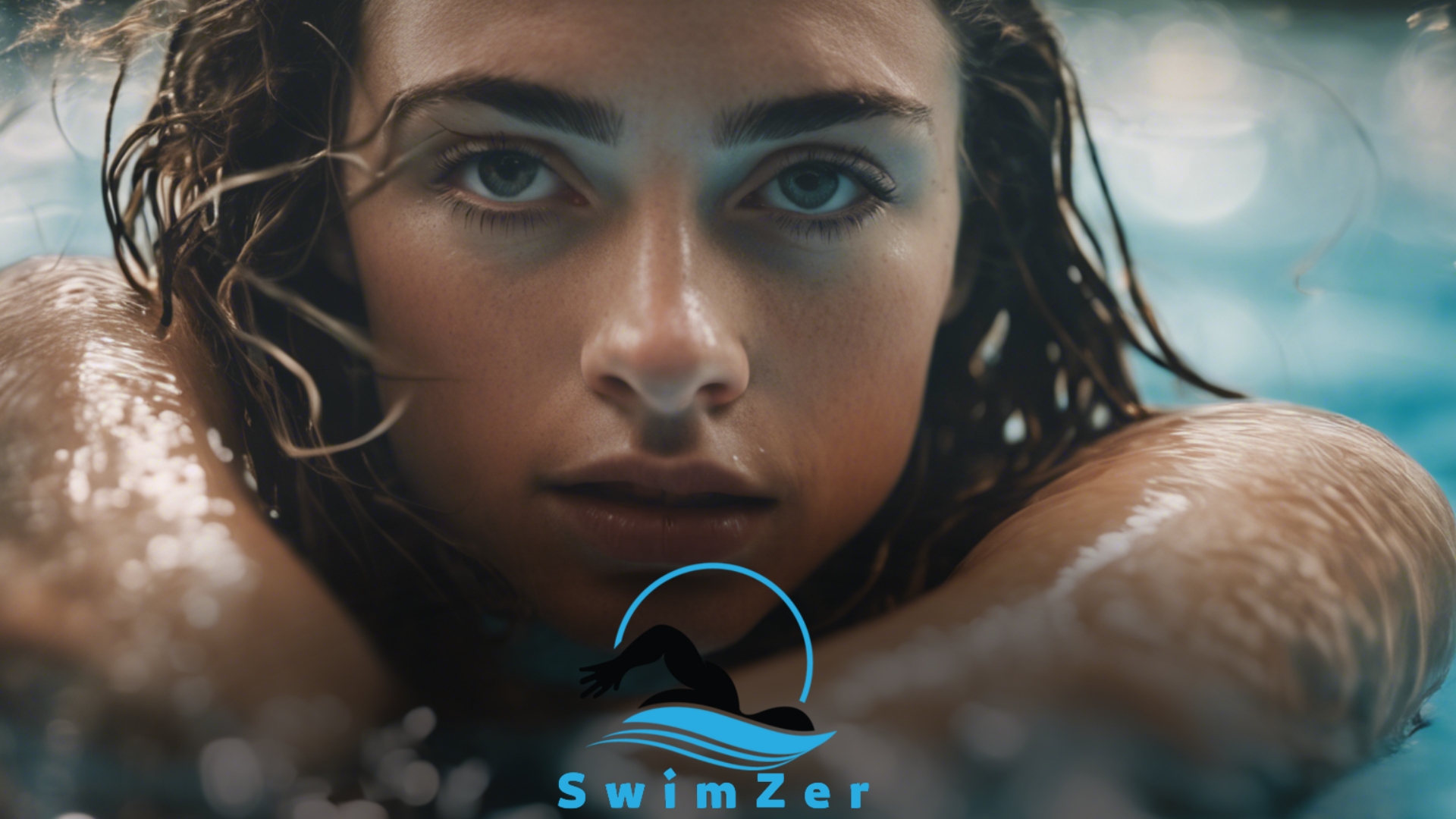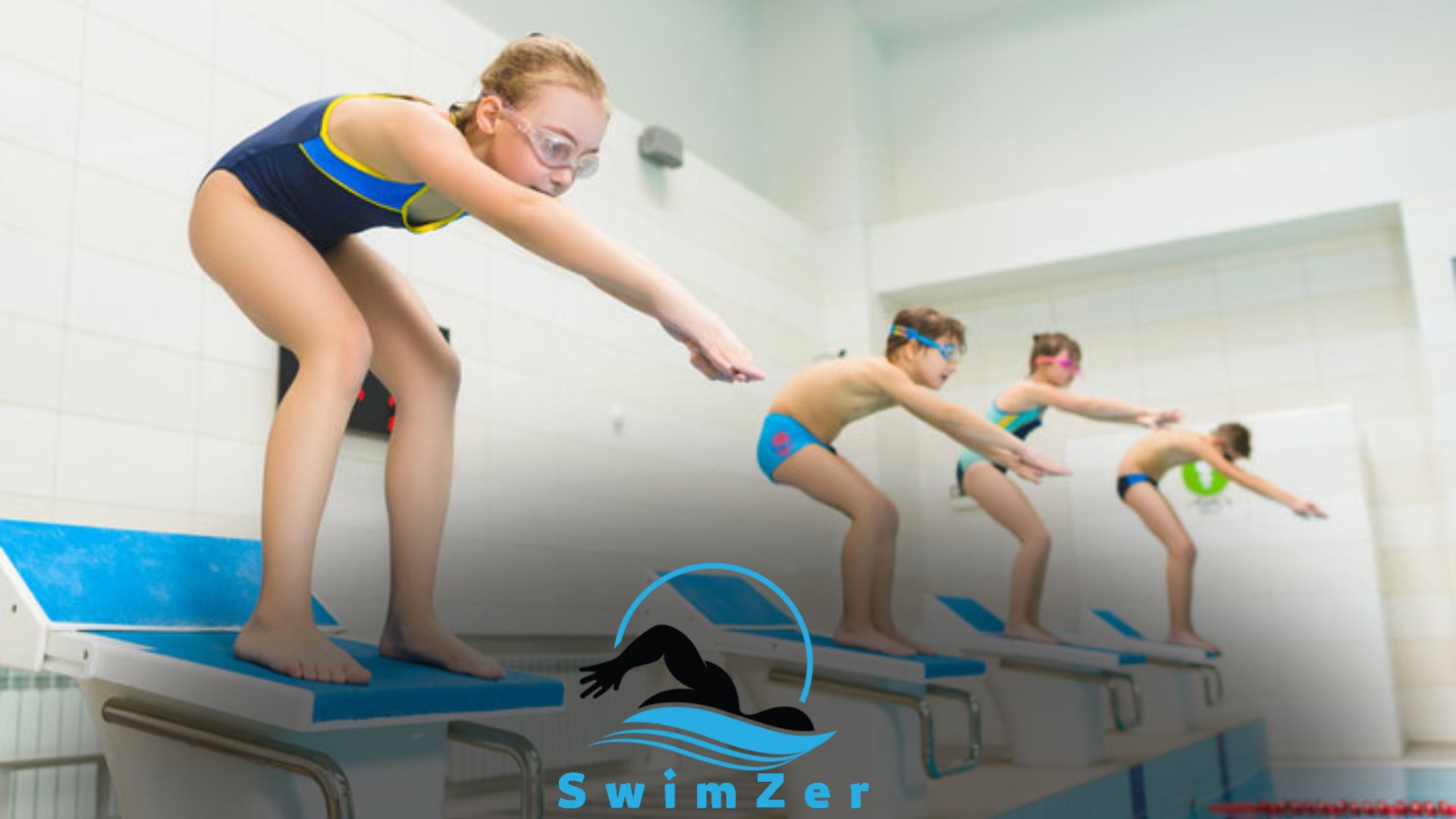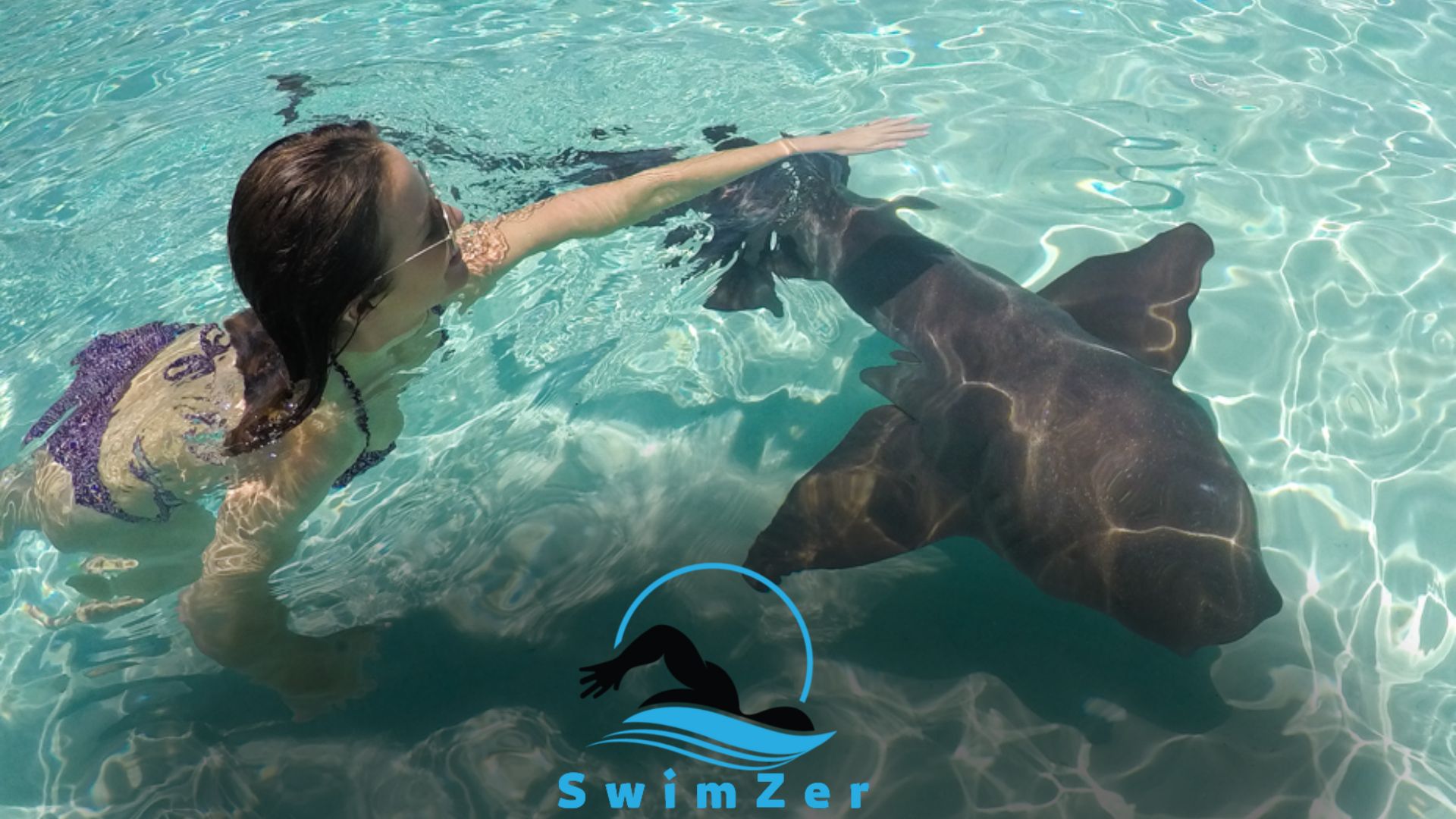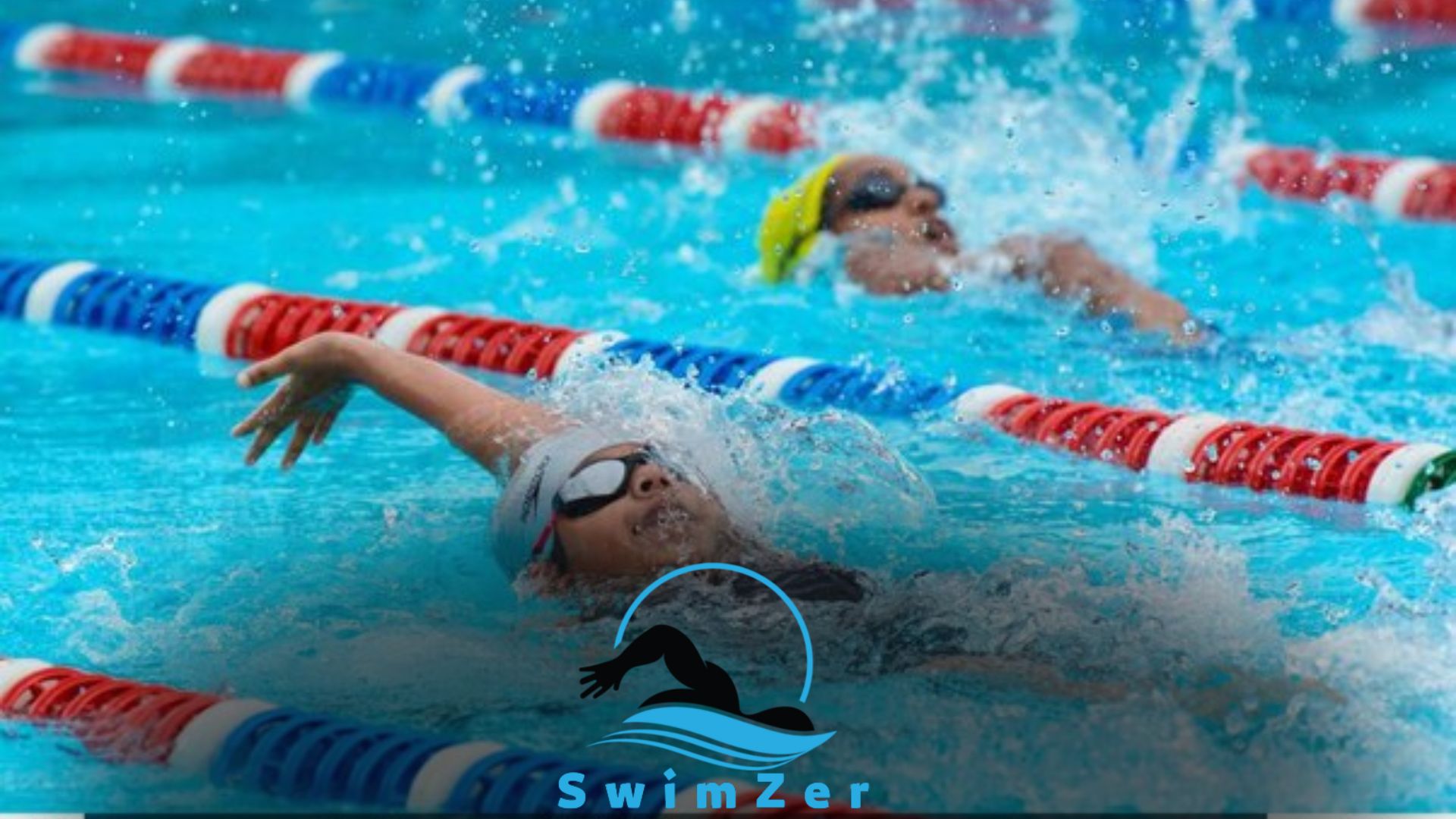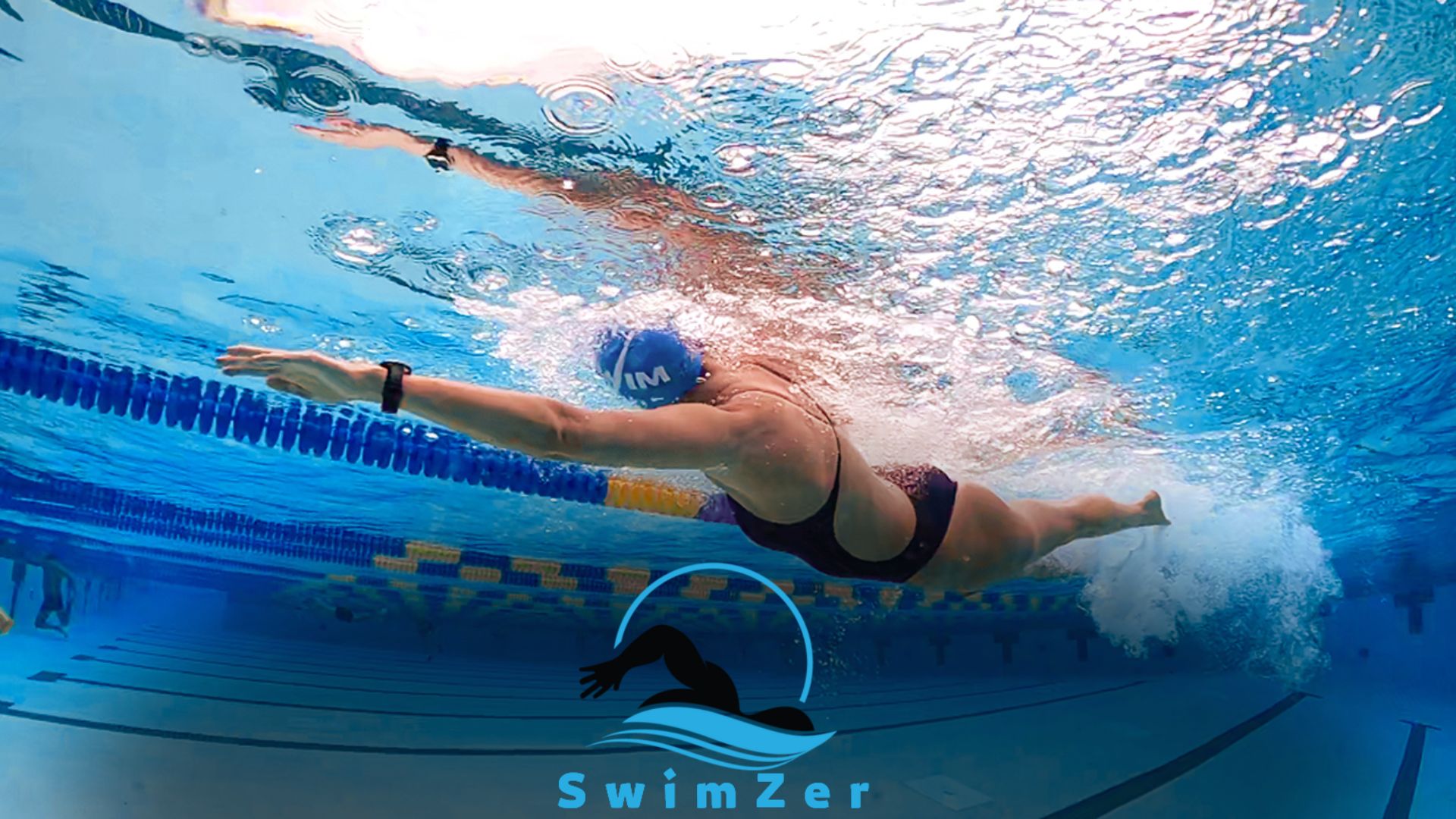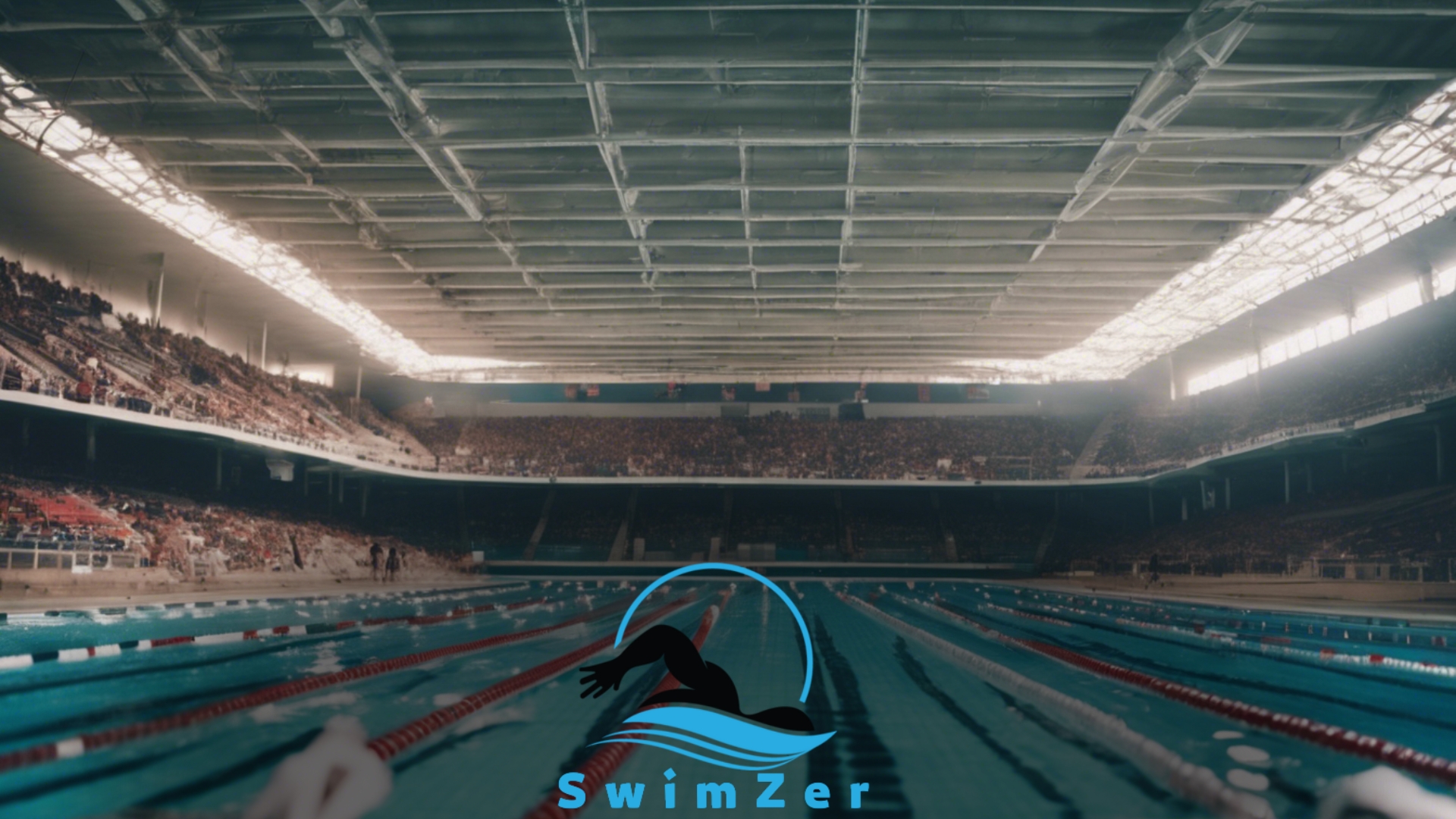To train for open-water swimming, focus on building endurance, improving technique through regular practice, and incorporating specific swimming drills. Additionally, cross-training activities like running or cycling can help improve overall fitness and strengthen the muscles used in swimming.
Importance of Proper Training
Proper training is vital for open water swimmers, ensuring physical and mental readiness. Understanding the challenges and risks associated with this type of swimming is key.
Swimmers can develop the necessary strength, endurance, and technique following a structured training plan.
It is important to gradually increase distances and exposure to different open water conditions. Mental preparation is equally crucial, as swimmers must overcome the anxiety and uncertainties of swimming in unfamiliar environments.
Visualizing success and practicing relaxation techniques can help build confidence.
Additionally, incorporating specific drills and exercises, such as sighting and drafting techniques, can improve efficiency and navigation.
A well-rounded training regimen will enhance swimmers’ ability to adapt to various conditions and maximize their performance in open water competitions or recreational swims.
When training for open-water swimming, knowing the temperature limits is vital. Learn How Cold is Too Cold for Open Water Swimming.
Equipment and Safety Measures
Training for open-water swim requires the right equipment and safety measures. Choosing the right wetsuit and swim gear is crucial for a successful swim.
It is important to wear bright colors and a swim cap to enhance visibility in the open water.
Safety precautions such as using communication devices are necessary to ensure your well-being while swimming. These devices allow effective communication with others in emergencies or any other need.
Following these guidelines allows you to train effectively and enjoy a safe open-water swim experience.
So, ensure you have the right equipment, wear bright colors and a swim cap, and take necessary safety precautions.
Developing Endurance
Cardiovascular training is essential to enhance stamina and endurance for open-water swimming. Running, cycling, or swimming laps can significantly improve cardiovascular fitness.
Cross-training exercises, like strength training and yoga, can also help build the strength for open-water swims.
Implementing a variety of workouts into your routine not only trains the cardiovascular system but also targets different muscle groups. This holistic approach ensures that all aspects of your swimming performance are addressed.
By improving your cardiovascular fitness and building strength through cross-training exercises, you’ll be well-prepared to conquer the challenges of open-water swimming.
Remember to gradually increase the intensity and duration of your workouts to steadily improve your endurance over time.
The right wetsuit can make a difference in open-water swimming. Discover if you Can Use a Surfing Wetsuit for Open Water Swimming.
Technique and Form
Perfecting breathing techniques and optimizing stroke efficiency are essential when training for an open-water swim. To swim efficiently in open water, it is crucial to have a strong technique and form.
Focus on your breathing technique, ensuring you take deep breaths from your diaphragm to enhance your oxygen intake.
This will help you maintain a steady and comfortable rhythm throughout your swim. Additionally, work on optimizing your stroke efficiency by keeping your body position streamlined and your strokes controlled.
Avoid any unnecessary movements that can waste energy and slow you down.
Practice drills that emphasize proper body alignment and fluid arm and leg movements.
By continuously honing your technique and form, you will become more efficient and effective in open-water swimming, enabling you to perform at your best.
Navigation Skills
When training for open water swimming, navigation skills are crucial. Sightings and spotting techniques are essential for navigating currents and tides.
To successfully navigate open water, swimmers must learn to spot landmarks, buoys, and other reference points. They should regularly practice lifting their head to sight while maintaining their stroke rhythm.
By incorporating sighting into their training sessions, swimmers can develop the ability to stay on course and adjust their direction as needed.
It is important to train in different open water conditions to improve adaptability.
Additionally, swimmers should be aware of the impact of currents and tides on their swim and learn how to navigate them effectively.
By mastering navigation skills, swimmers can confidently tackle open water challenges and enhance their overall performance.
Open Water Training Strategies
Open water training strategies involve gradually acclimatizing to cold water temperatures. Simulating open water conditions in the pool helps prepare. Transitioning from pool to open water requires practice and adjustment.
It’s important to start with shorter open-water swims and gradually increase the distance.
Building endurance and improving technique are key goals in training for open-water swimming. Regularly incorporating open water sessions into your training schedule will help you gain confidence and adapt to the challenges of swimming in open water.
Remember to be mindful of safety precautions and always swim with a buddy or in designated areas.
With consistent practice and proper preparation, you can enhance your skills and enjoy the freedom of open-water swimming.
Open Water Drills and Workouts
Swimmers training for open water swims can benefit from specific drills and workouts. One important drill is drafting practice, which helps improve speed and efficiency.
Another effective training method is interval and tempo training, which simulates race pace and builds endurance.
These workouts are designed specifically for open-water swimming, allowing swimmers to develop speed and endurance.
By incorporating these drills and training techniques into their routine, swimmers can enhance their performance and be better prepared for the challenges of open water swims.
So get out there and start training for your next open-water swim!
Overcoming Mental Challenges
Training for open-water swim requires overcoming mental challenges such as anxiety and fear. Developing mental toughness and focus is essential for a successful swim.
By embracing techniques that manage anxiety and fear, swimmers can enhance their performance in open water.
Deep breathing exercises and visualization techniques help reduce anxiety levels before the swim. Setting realistic goals and focusing on the present moment can help mitigate fear.
Positive self-talk and affirmations reinforce confidence and belief in one’s abilities. Surrounding oneself with supportive and encouraging individuals also plays a vital role in overcoming mental challenges.
With consistent practice and a resilient mindset, swimmers can triumph over mental hurdles and excel in open-water swims.
Race Preparation and Strategy
Preparing for race day conditions is crucial to a successful open water swim. Define your goals and devise strategies to suit the distance you swim.
Take into account factors such as water temperature, currents, and visibility. Practice swimming in similar conditions and learn to adapt your technique accordingly.
Familiarize yourself with the race course and visualize each stage of the swim. Develop a pacing strategy that allows for endurance and efficiency.
Consider the direction of the waves and wind when planning your start and turns. Stay focused and maintain a positive mindset throughout the race, adjusting your strategy as needed.
By thoroughly preparing for race day conditions, you will increase your chances of achieving your goals in open-water swimming competitions.
Nutrition and Hydration
Proper fueling and hydration are essential for training in open-water swim competitions. Before participating in a long-distance swim, it is crucial to consume the right nourishment.
During the swim, it is important to replenish lost energy by consuming frequent and small amounts of easily digestible food and beverages.
Hydration strategies include drinking fluids regularly to prevent dehydration and cramping. Electrolytes and sports drinks can also help maintain the body’s electrolyte balance.
After the swim, it is necessary to refuel the body with a combination of carbohydrates and protein to aid in muscle recovery and replenish energy stores.
Following these nutrition and hydration guidelines allows open-water swimmers to optimize their training and achieve their performance goals.
Recovery and Injury Prevention
A post-swim recovery routine is crucial in preventing injuries and promoting overall well-being. Proper stretching and strength training exercises are essential for swimmers looking to avoid common ailments.
Focusing on these aspects helps maintain flexibility, aids muscle recovery, and reduces the risk of strains or sprains.
Incorporating dynamic stretches, such as arm and leg swings and static stretches for major muscle groups, can improve the range of motion and prevent muscle tightness.
Additionally, including strength training exercises targeting the core, back, and shoulders can enhance swimming efficiency and improve endurance.
Remember that a well-rounded recovery routine maximizes the benefits of open-water swim training, ensuring a safe and enjoyable experience.
Open-water swimming can be intimidating for some. Learn How to Overcome the Fear of Open Water Swimming.
Open Water Swim Safety Tips
Swimming in open water can be exhilarating, but it’s important to prioritize safety. One crucial tip is to always swim with a buddy or in supervised areas.
This ensures that someone is there in case of an emergency. Another key aspect is staying informed about the water conditions and weather forecasts before taking the plunge.
This knowledge helps you prepare accordingly and avoid any potential risks. Remember to keep your sentences brief and concise, conveying the information.
By training for open water swims and following these safety tips, you can enjoy the experience while minimizing potential dangers.
Frequently Asked Questions
How Can I Train for Open Water Swim?
To train for an open water swim, focus on building endurance, practicing sighting, and simulating race conditions.
What Equipment Do I Need for Open-water Swimming?
You will need a wetsuit, goggles, swim cap, sunscreen, and a safety buoy for open-water swimming.
How Do I Acclimatize to Cold Water for Open Water Swimming?
Gradually expose yourself to colder water, take cold showers, and practice swimming in cold water to acclimatize.
What Safety Precautions Should I Take While Open-water Swimming?
Always swim with a buddy, know the route and conditions, wear a safety buoy, and be aware of natural hazards.
How Can I Improve My Navigation Skills in Open Water Swimming?
Practice sighting techniques, use landmarks, swim in different locations, and participate in open water races or events.
Conclusion
To excel in open-water swimming, following a well-rounded training program is crucial. Consistency and progressively challenging yourself are key to improving your skills and endurance.
Incorporate various training techniques like interval training, long-distance swims, and open-water simulations to prepare yourself effectively for the unpredictable open water conditions.
Focus on improving your technique, breathing, and navigation skills to navigate through open water confidently. Don’t forget to include strength and flexibility training to enhance your overall performance.
Additionally, remember to gradually acclimate to the open water and practice in different conditions to build mental resilience.
Lastly, always prioritize safety by swimming with a buddy and wearing proper equipment. With dedication and perseverance, you can conquer open water swims and discover the joy of exploring new aquatic adventures.
So dive in, embrace the challenge, and let the open water become your playground for growth and achievement.


